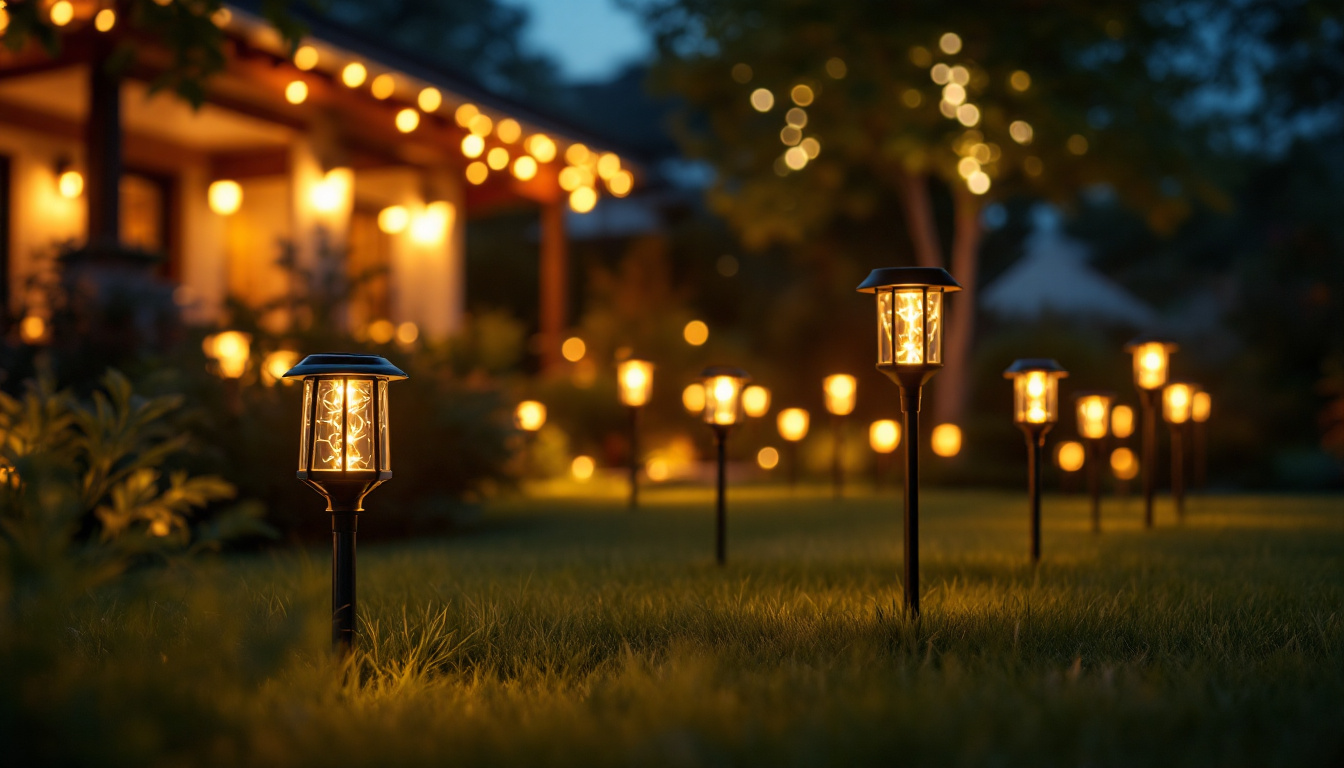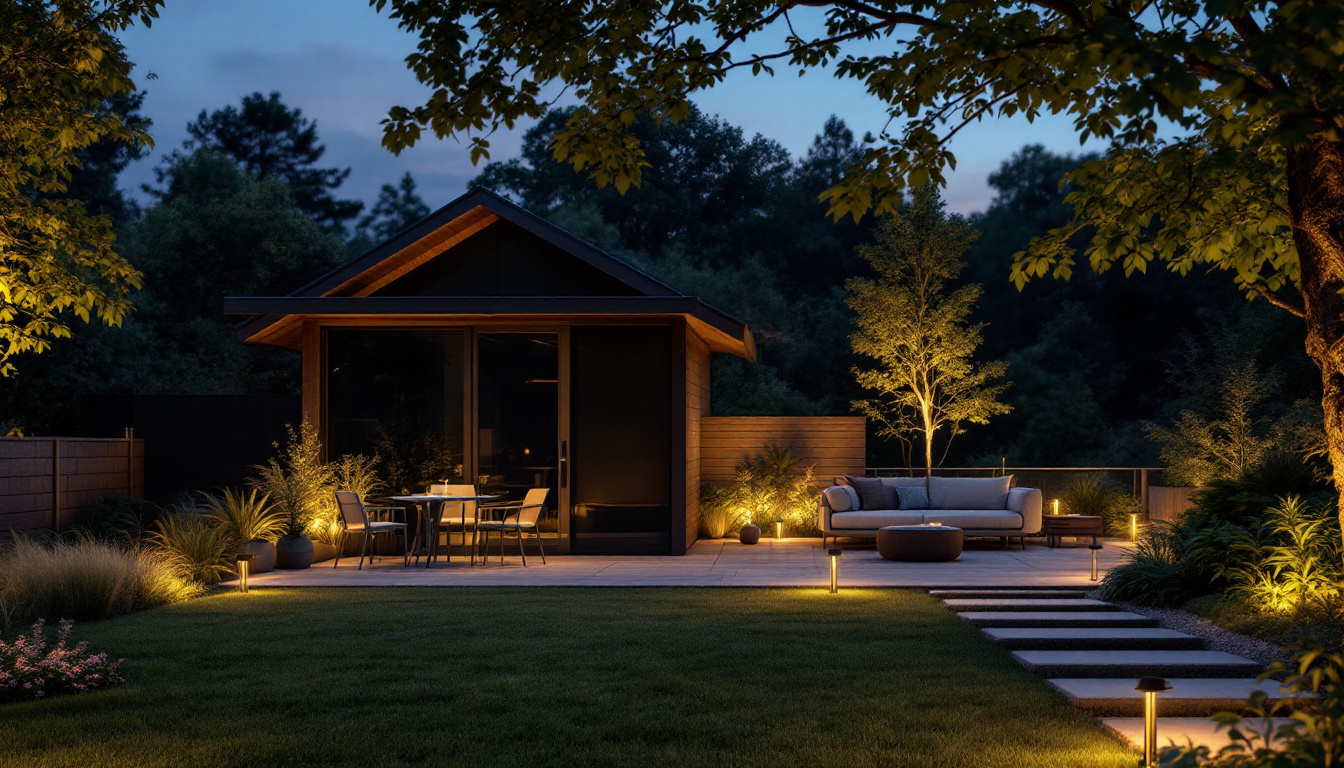

Lighting contractors often face the challenge of managing power sources effectively while ensuring that their projects meet the highest standards of safety and efficiency. One common scenario that arises is the use of a single power outlet for multiple lighting fixtures. While this approach may seem convenient, it comes with its own set of advantages and disadvantages. This article delves into the pros and cons of using a single power outlet, providing insights that can help lighting contractors make informed decisions.
Before delving into the pros and cons, it’s essential to understand what a single power outlet entails. A single power outlet typically refers to a standard electrical socket that can supply power to one device at a time. In the context of lighting, this means that multiple fixtures may need to share this single source, often through the use of extension cords or power strips.
While this setup can be practical in certain situations, it also raises questions about safety, efficiency, and the overall quality of the lighting installation. Understanding these factors is crucial for any lighting contractor looking to optimize their work. For instance, contractors must consider the wattage of the devices being connected and ensure that the total load does not exceed the outlet’s capacity. This careful monitoring can prevent overheating and potential fire hazards, making it a vital aspect of any electrical planning.
Single power outlets are often used in temporary lighting setups, such as those found in construction sites or during events. In these scenarios, contractors may rely on a single outlet to power multiple lights, especially when access to additional outlets is limited. This can be particularly useful in outdoor settings or when working in older buildings where electrical infrastructure may not be up to date. The versatility of single outlets allows for creative lighting solutions, such as using portable LED lights that can be easily repositioned as needed.
However, the reliance on a single outlet can lead to complications. As the number of fixtures increases, so does the demand for power, which can result in overloading the circuit. This is a critical consideration for contractors who must balance convenience with safety. Additionally, the use of multiple devices on a single outlet can lead to voltage drops, which may affect the performance of the lighting. In some cases, the quality of light can diminish, leading to uneven illumination and shadows that may detract from the intended ambiance. Therefore, it is essential for contractors to not only assess the power needs of their lighting but also to consider the layout and design of the space to ensure optimal lighting conditions are achieved.
Despite the potential drawbacks, there are several advantages to using a single power outlet that can benefit lighting contractors. Understanding these benefits can help contractors make the most of their resources while delivering quality results.
One of the most significant advantages of using a single power outlet is cost-effectiveness. By minimizing the need for additional wiring and outlets, contractors can save on material costs. This is particularly beneficial for smaller projects or temporary installations where budget constraints are a concern.
Additionally, using a single outlet can reduce labor costs associated with installation. Fewer outlets mean less time spent on electrical work, allowing contractors to allocate their resources more efficiently. This cost-saving aspect can be a decisive factor in competitive bidding situations.
Another benefit of relying on a single power outlet is the simplified setup process. With fewer connections to manage, contractors can streamline their work, making it easier to install and adjust lighting fixtures as needed. This can be particularly advantageous in fast-paced environments where time is of the essence.
A simplified setup also means less potential for mistakes. Fewer connections reduce the chances of wiring errors, which can lead to safety hazards or malfunctioning lights. For lighting contractors, this translates to a more straightforward installation process and increased confidence in the quality of their work.
Using a single power outlet allows for greater flexibility in lighting design. Contractors can easily reposition fixtures or swap them out without the hassle of dealing with multiple outlets. This adaptability is especially useful in dynamic environments, such as events or temporary installations, where lighting needs may change frequently.
Furthermore, a single outlet setup can enhance portability. For contractors who frequently move between job sites, having a simplified power source allows for quick transitions. This can be a significant advantage when working on multiple projects in different locations.
While there are clear advantages to using a single power outlet, it is essential to consider the potential downsides as well. Understanding these cons can help lighting contractors make more informed decisions and mitigate risks associated with their installations.
One of the most pressing concerns with using a single power outlet is the risk of overloading the circuit. When multiple lighting fixtures are connected to a single source, the cumulative power demand can exceed the outlet’s capacity. This can lead to tripped breakers, blown fuses, or even electrical fires in extreme cases.
Lighting contractors must be vigilant about calculating the total wattage of the fixtures they intend to connect. This requires a thorough understanding of the electrical load and the outlet’s specifications. Failure to do so can result in costly delays, safety hazards, and potential liability issues.
Another disadvantage of a single power outlet is the limited power supply it offers. In situations where high-intensity lighting is required, such as in film production or large-scale events, a single outlet may not provide sufficient power to meet the demands of the project. This limitation can hinder creativity and restrict the types of lighting effects that can be achieved.
Contractors may find themselves needing to compromise on lighting quality or intensity, which can impact the overall success of the project. In some cases, this may necessitate additional planning and coordination to ensure that sufficient power is available, leading to increased complexity in the installation process.
Safety is a paramount concern for lighting contractors, and relying on a single power outlet can introduce various hazards. Overloaded circuits can lead to overheating, which poses a risk of fire. Additionally, using extension cords or power strips to connect multiple fixtures can create tripping hazards on job sites.
Contractors must prioritize safety by adhering to electrical codes and best practices. This includes ensuring that all equipment is rated for the intended load and that proper circuit protection is in place. Failure to address these safety concerns can result in serious consequences, both for the contractor and their clients.
For lighting contractors who choose to utilize a single power outlet, implementing best practices can help mitigate risks and enhance the overall effectiveness of the installation. These strategies can lead to safer, more efficient projects that meet client expectations.
Before connecting multiple fixtures to a single outlet, it is crucial to conduct load calculations. This involves determining the total wattage of all the fixtures and ensuring that it does not exceed the outlet’s capacity. By understanding the electrical load, contractors can make informed decisions about how many fixtures can be safely connected.
Load calculations should take into account not only the wattage of the fixtures but also any additional equipment that may be used on the job site. This comprehensive approach helps prevent overloading and ensures that the installation remains safe and functional.
Investing in quality equipment is essential for any lighting contractor, especially when relying on a single power outlet. Using high-quality fixtures, extension cords, and power strips can reduce the risk of electrical issues and enhance overall performance.
Contractors should look for equipment that is rated for the intended load and meets relevant safety standards. This commitment to quality not only improves the reliability of the installation but also reinforces the contractor’s reputation for delivering exceptional work.
Establishing and adhering to safety protocols is vital when working with a single power outlet. Contractors should ensure that all team members are trained in electrical safety and understand the potential hazards associated with overloaded circuits.
Regular inspections of equipment and connections can help identify any potential issues before they escalate. Additionally, using signage to alert workers to potential hazards can further enhance safety on the job site. By prioritizing safety, contractors can protect themselves, their team, and their clients.
In conclusion, the use of a single power outlet presents both advantages and disadvantages for lighting contractors. While it offers cost savings, simplified setups, and flexibility, it also poses risks related to overloading, limited power supply, and safety hazards. By understanding these factors and implementing best practices, contractors can make informed decisions that align with their project goals.
Ultimately, the choice to use a single power outlet should be based on a careful assessment of the project’s requirements, the available resources, and the specific needs of the client. By weighing the pros and cons, lighting contractors can optimize their installations and deliver exceptional results that meet the highest standards of safety and quality.
As you consider the pros and cons of using a single power outlet for your lighting projects, remember that the quality of your fixtures plays a pivotal role in safety and performance. LumenWholesale is here to support lighting contractors like you with spec-grade lighting products that meet the highest industry standards. Take advantage of our unbeatable wholesale prices and free shipping on bulk orders to ensure your projects shine without straining your budget. Make the smart choice for your lighting needs and explore our collection for the best value in wholesale lighting.

Discover the transformative impact of motion sensing lights in modern lighting installations.

Discover the essential insights lighting contractors need to know about solar yard lights.

Discover essential tips and innovative strategies for lighting contractors to effectively implement solar lighting solutions in outdoor spaces.

Discover essential insights into electrical power cords tailored for lighting contractors.
Get notified when NEW deals are released.
Optimize your budget with wholesale discounts.
Only top-quality, specification-grade lighting products.
No additional costs at checkout - what you see is what you pay.
We understand the unique needs of contractors.